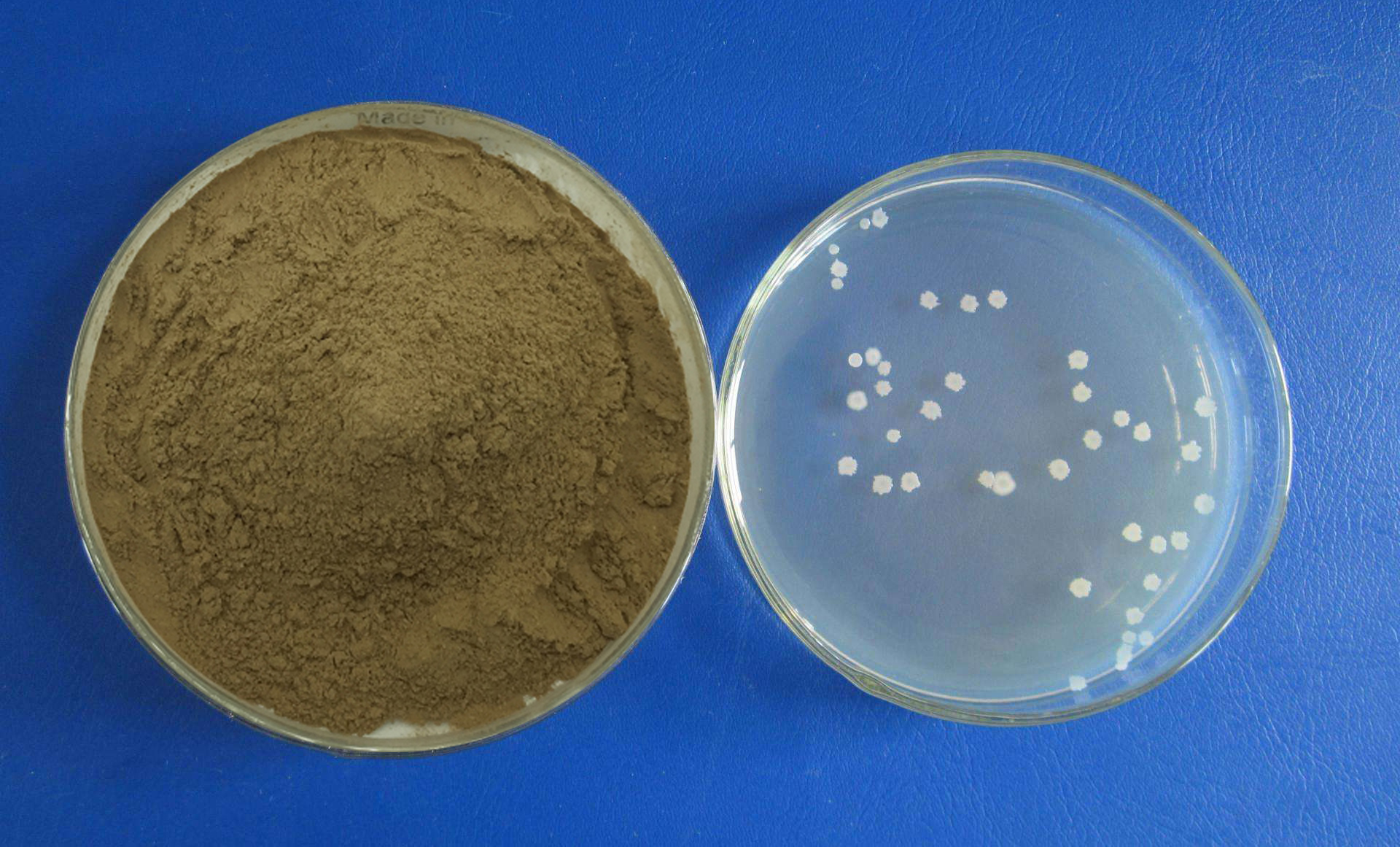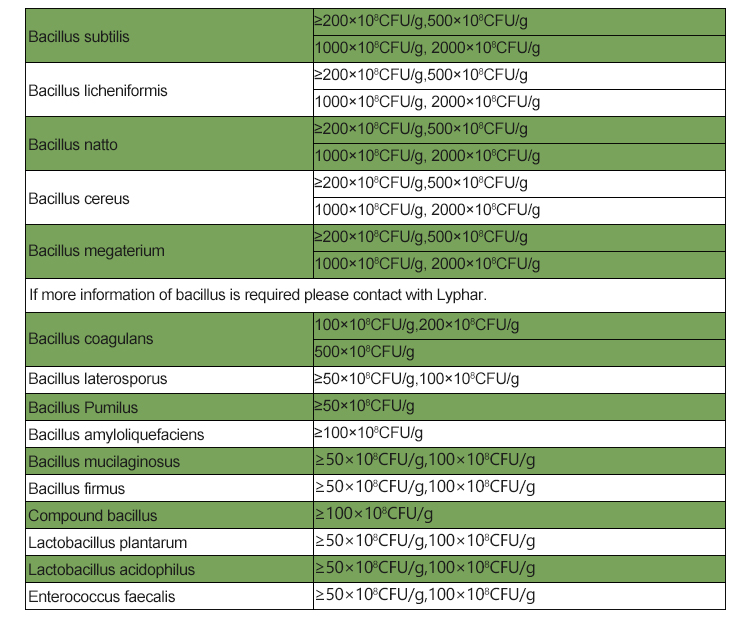Bacillus subtilis serves as a pivotal model organism in microbiological research, offering insights into various aspects of bacterial physiology, genetics, and ecology. Its well-characterized genome and laboratory-friendly nature make it ideal for studying fundamental biological processes. Key research directions involving Bacillus subtilis include:
DNA Replication Mechanisms:
Researchers have utilized Bacillus subtilis to delve into bacterial chromosome replication. The bacterium’s single circular chromosome initiates replication at the origin (oriC), proceeding bidirectionally until the replication forks meet at the terminus region. Studies highlight both conserved and unique elements in the replication machinery of Bacillus subtilis compared to other bacteria like Escherichia coli.

Biofilm Formation and Development:
Bacillus subtilis is instrumental in studying biofilm formation—a communal lifestyle of bacteria. Research has uncovered the genetic and regulatory frameworks guiding biofilm development, emphasizing the roles of extracellular matrix components and the division of labor among biofilm cells. These findings have broader implications for understanding microbial communities in natural environments and their relevance to human health.
Endospore Formation and Cellular Differentiation:
The bacterium’s ability to form endospores under nutrient-deprived conditions has been a focal point of study. This process involves asymmetric cell division, resulting in a resilient spore and a nurturing cell. Investigations into this developmental pathway shed light on bacterial survival strategies and cellular differentiation mechanisms.
Antibiotic Production and Resistance Mechanisms:
Bacillus subtilis has been a subject of research concerning the biosynthesis of peptide antibiotics and the function of ABC exporters. These studies contribute to our understanding of antibiotic production, resistance mechanisms, and potential applications in developing new antimicrobial agents.

Microbial Interactions and Community Dynamics:
Beyond intraspecies interactions, Bacillus subtilis has been used to explore interspecies relationships within microbial communities. These studies provide insights into microbial ecology, cooperation, competition, and the complex dynamics of microbial communities in various environments.
Collectively, research on Bacillus subtilis continues to enhance our comprehension of bacterial life cycles, environmental interactions, and potential applications in biotechnology and medicine.
